- Home
- Flora and Fauna
- Tenerife Mammals
Tenerife Mammals - endemic, warm-blooded vertebrates
that I'm associated with.
Learn more
Tenerife mammals. The title isn't strictly true - this page also features rodents, so is more concerned with all warm blooded vertebrates. There aren't that many species endemic to the island.
Grey Long Eared Bat
| This mammal is a very rare and endangered species. It tends to settle near cultivated land and where there is human habitation. They roost in buildings and in caves. Although out and about sometimes during the day, their real feeding time is at night, seeking out a diet of moths, flies and beetles. They have a hibernation period from October to March. | 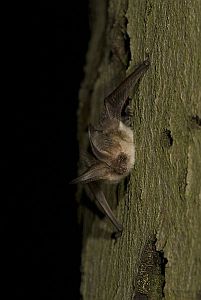 Photo: Jasja Dekker |
This mammal is a very rare and endangered species. It tends to settle near cultivated land and where there is human habitation. They roost in buildings and in caves.

Photo: Jasja Dekker
Although out and about sometimes during the day, their real feeding time is at night, seeking out a diet of moths, flies and beetles. They have a hibernation period from October to March.
Savi's Pipistrelle
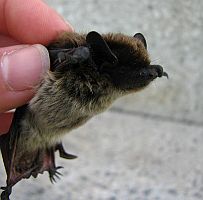 | This is a small, Mediterranean bat that has been sighted on Tenerife. Like the previous bat, their numbers are quite low, their survival being compromised by the use of insecticides on crops. It hunts for small, flying insects at night, often consuming several thousand on each outing. Their habitat covers woodland, farmland and towns and they can roost in buildings or hollow trees. |
This is a small, Mediterranean bat that has been sighted on Tenerife. Like the previous bat, their numbers are quite low, their survival being compromised by the use of insecticides on crops.

It hunts for small, flying insects at night, often consuming several thousand on each outing. Their habitat covers woodland, farmland and towns and they can roost in buildings or hollow trees.
tenerife mammals
Brown Rat
There used to be an endemic rat species in Tenerife - appropriately called the Tenerife Giant Rat! Don't let the "giant" bit put you off; known only from fossils, it grew to a similar size to the brown rat known on the island today.
So, from this extinct endemic species, the brown rat might claim descent. It's unlikely, though, as brown rats are known all the world over and probably found themselves on islands such as Tenerife through stowing away on sailing ships.
As you probably know, this rodent will eat anything, but is quite partial to cereals.
The brown rat is a good swimmer, both on the surface and underwater. It is also an excellent digger, creating intricate burrows for habitation.
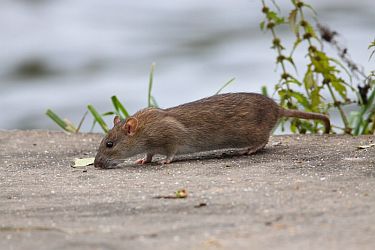
Photo: Hans-Jörg Hellwig
Common Rat
Another, related species, also rife in Tenerife. Unlike the brown rat, this one is a good climber, but a poor swimmer.
It prefers warmer climates, so the island is ideal.
They are nocturnal creatures, venturing out at night for food. They are also omnivorous, but are partial to grains and fruit.
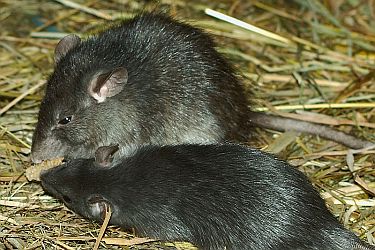
Photo: Kilessan
House Mouse
Yes, this small rodent common to many countries is also found on Tenerife.
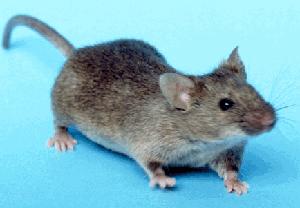
Like the rats, these tiny creatures are not really indigenous to the island, but probably arrived on sailing ships.
They don't mind where they live either! Open fields, farmlands and human dwellings - they're not fussy.
They can cause damage and feed on food that is meant for other animals or even humans. They can transmit food poisoning.
They don't like bright light and operated mainly during dusk and at night.
tenerife mammals
Etruscan Pygmy Shrew
| This tiny animal is one of two types of shrew found on Tenerife and has the distinction of being the smallest of all mammals by mass, possibly weighing as little as 1.3 grams (that's really light). They inhabit forests and brush and forage largely for insects. | 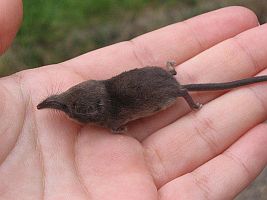 Photo: Stella Nutella |
This tiny animal is one of two types of shrew found on Tenerife and has the distinction of being the smallest of all mammals by mass, possibly weighing as little as 1.3 grams (that's really light).

Photo: Stella Nutella
They inhabit forests and brush and forage largely for insects.
There is also another species of shrew, endemic to the Canary Islands, the Canarian Shrew, which is, needless to say, a bit bigger than the Etruscan Pigmy.
Algerian Hedgehog
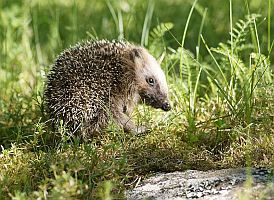 Photo: kallerna | Although found in Tenerife, this little creature is native to Africa and it is thought that it might have been introduced to the archipelago by humans. This hedgehog is smaller than its European cousins and can be quite a fast runner. For habitats, it favours pine forests, but, in Tenerife, can also be found in parks and gardens. |

Photo: kallerna
Although found in Tenerife, this little creature is native to Africa and it is thought that it might have been introduced to the archipelago by humans. This hedgehog is smaller than its European cousins and can be quite a fast runner. For habitats, it favours pine forests, but, in Tenerife, can also be found in parks and gardens.
tenerife mammals

  follow the TIC on X 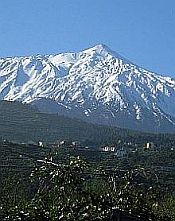 your ad here! Become a site sponsor and have your ad appear on every page. More info.  web business! 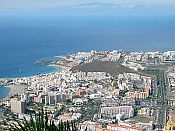 Accommodation 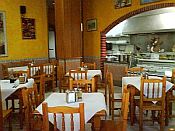 Eating Out 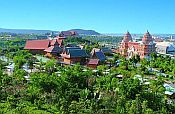 Attractions  Villas  Tell me all your Tenerife experiences |




Facebook Comments
Have your say about what you just read! Leave me a comment in the box below.